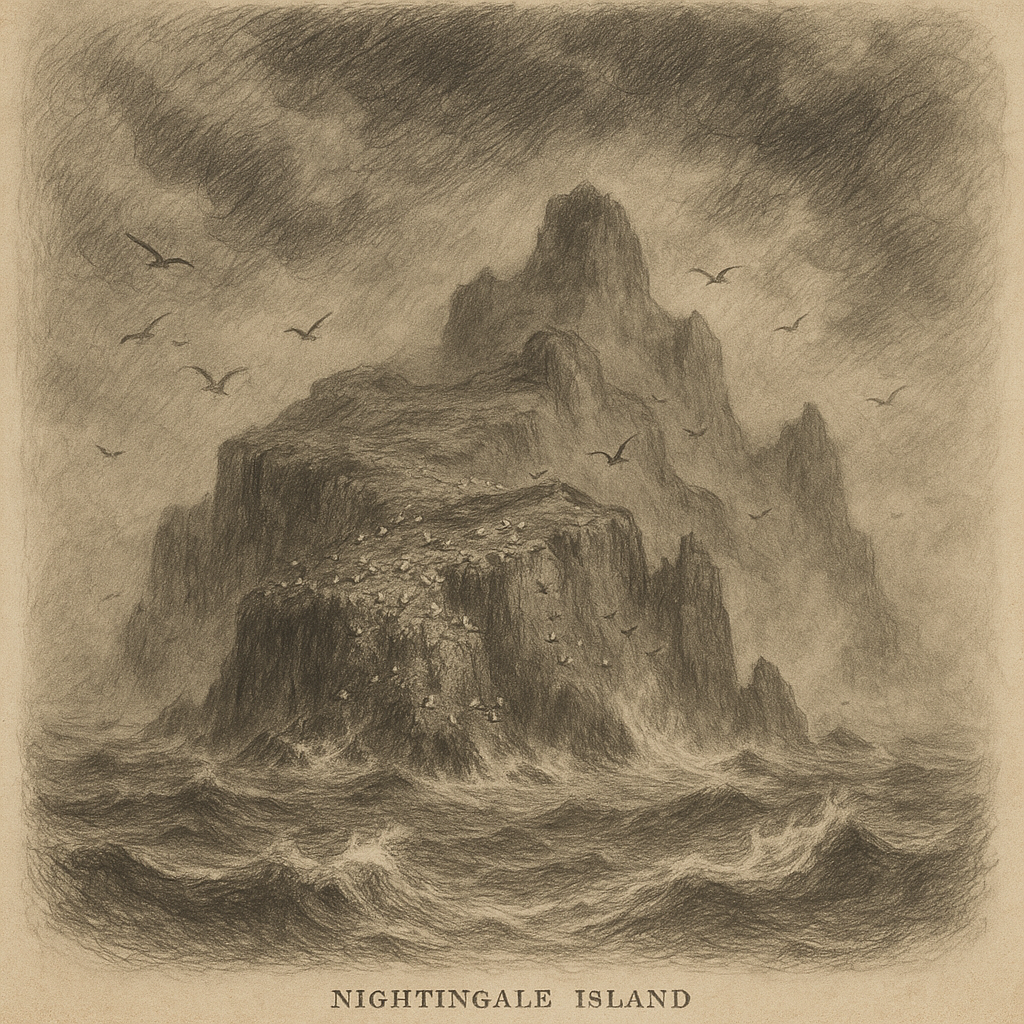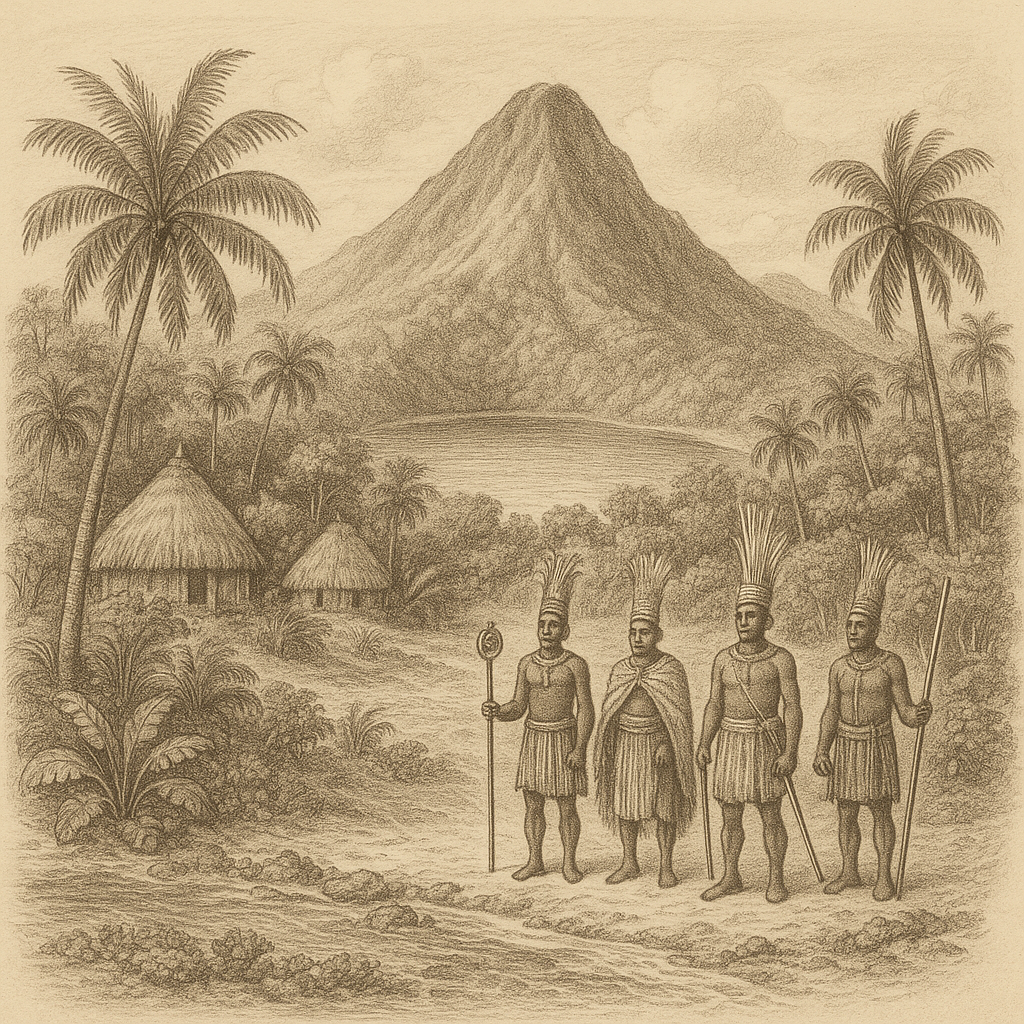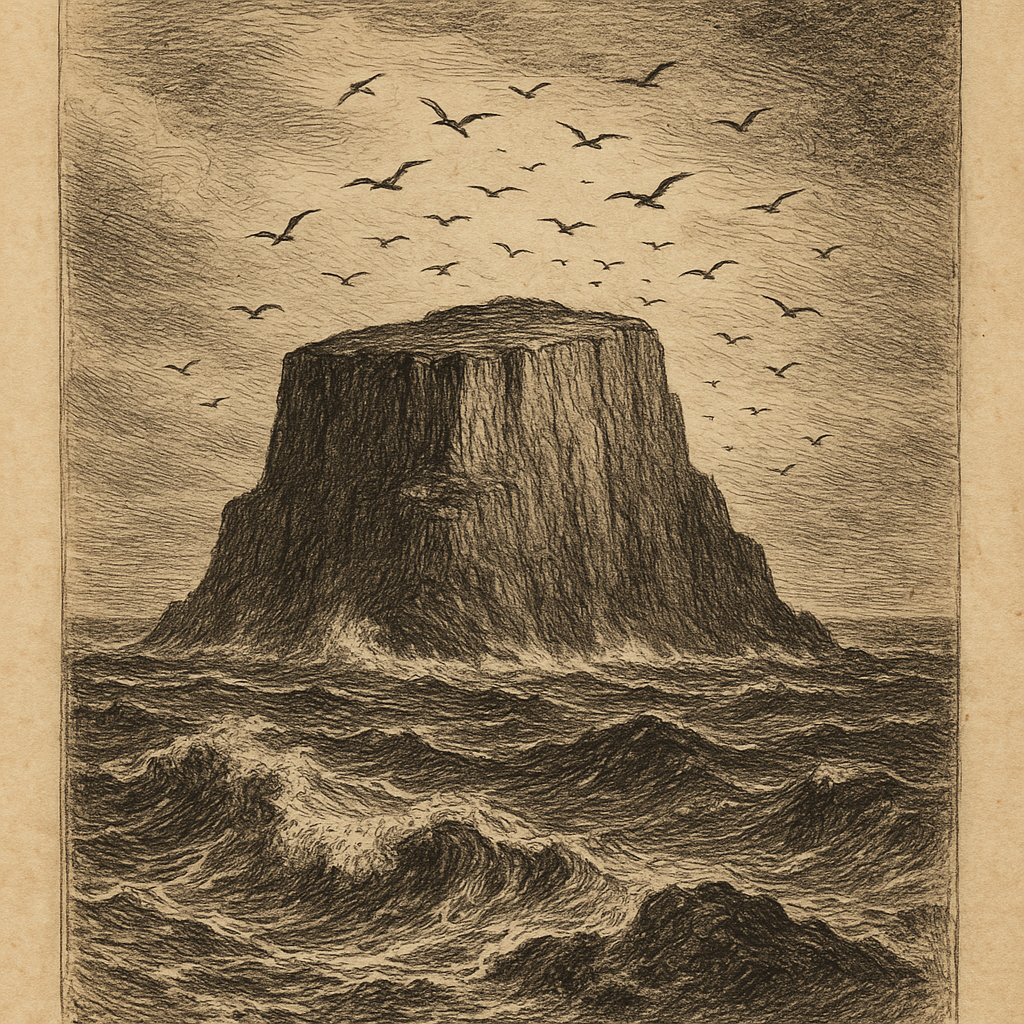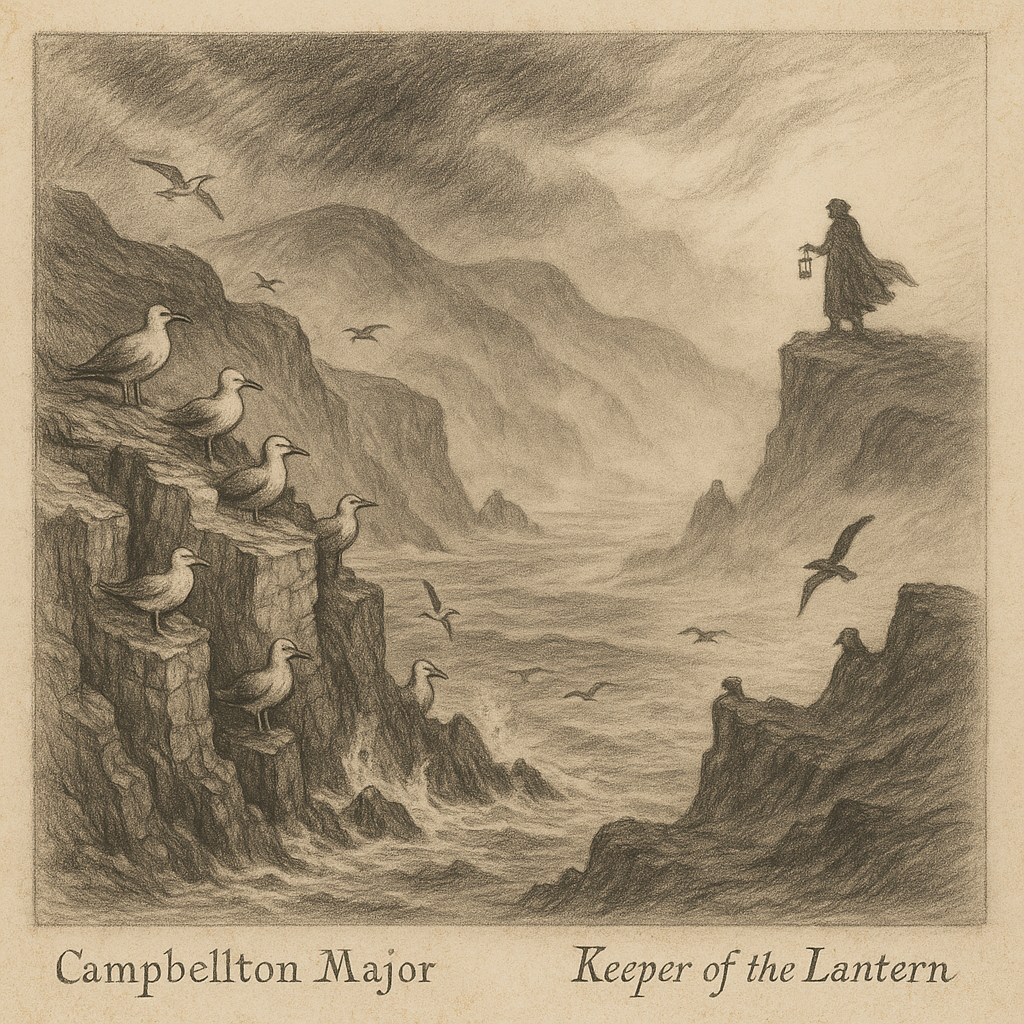Introduction to Nightingale Island
Nightingale Island is one of the most remote and intriguing islands in the South Atlantic Ocean. Part of the Tristan da Cunha archipelago, governed by the United Kingdom as a dependency of Saint Helena, Ascension and Tristan da Cunha, this small volcanic island captivates with its rich biodiversity, isolation, and mystery. Located roughly 2,800 kilometers west of Cape Town, South Africa and 2,400 kilometers east of South America, Nightingale Island is an extraordinary outpost of nature and history in the vastness of the southern seas.
Geographical Location and Volcanic Origin
Nightingale Island lies approximately 38 kilometers southwest of the main island of Tristan da Cunha. It is part of a group of small islands that include Inaccessible Island and the two Stoltenhoff Islands. The island itself is of volcanic origin, formed during the late Pleistocene period. Though currently dormant, the volcanic nature of the island continues to define its rugged terrain, irregular coastline, and dramatic landscape.
The island covers an area of just 3.2 square kilometers and reaches an elevation of about 400 meters above sea level. Its volcanic relief includes sharp ridges and coastal cliffs, with limited flat land and no natural harbors, making access exceptionally challenging. Visiting Nightingale Island requires landing by small boat in calm seas—a rarity in this part of the ocean.
Climate and Ecosystem
Nightingale Island experiences a cool temperate oceanic climate. Winds and sea mists are frequent year-round, while rainfall keeps the landscape perpetually lush. Vegetation consists of low-lying shrubland, grasses, mosses, and ferns. Although devoid of trees, the island is carpeted in green, creating a haven for seabirds and endemic species.
The ecosystem is largely free of human interference, allowing native flora and fauna to flourish. Nightingale Island is internationally recognized as an Important Bird Area (IBA). It hosts millions of seabirds including Northern rockhopper penguins, great shearwaters, Atlantic petrels, and Tristan thrushes. The island is perhaps most famous for the Nightingale bunting, an endemic passerine bird found nowhere else on Earth.
Conservation and Human Impact
Despite its remoteness, Nightingale Island is not immune to the threats of invasive species and environmental disasters. Remarkably, the island has so far remained free of introduced mammals such as rats and cats—a distinction that significantly contributes to its thriving bird colonies. Strict management by Tristan da Cunha’s conservation entities and global organizations helps to monitor biodiversity and maintain biosecurity.
One notable environmental event was the 2011 MS Oliva shipwreck, which occurred on Nightingale’s coast. The cargo vessel spilled hundreds of tons of oil and soybeans into the ocean, posing a critical threat to local wildlife, particularly penguins. Conservationists mounted a massive rescue and cleaning effort to mitigate the damage, highlighting the fragility of the island’s ecosystem and the global importance of protective interventions.
Unique Features and Fascinating Facts
Nightingale Island possesses numerous unique traits that continue to attract scientists and adventure-seekers alike. For instance, the density of seabird nesting colonies per square kilometer is among the highest in the world. The surrounding waters teem with marine life including seals, whales, and migratory fish species, making it a prime location for marine biologists.
Interestingly, the island stands as one of the few places on Earth that remains virtually untouched by modern human habitation. There are no permanent human settlements, roads, or infrastructure. All activities—scientific or conservation-related—are conducted under strict supervision and with permits.
Another fascinating aspect is that the island’s geological profile makes it a key indicator in understanding South Atlantic seafloor spreading and volcanic island arc systems. Researchers often use exposed volcanic rock beds for insight into the region’s tectonic history.
Legends and Folklore of Nightingale Island
Though remote and uninhabited, Nightingale Island is not devoid of folklore. Among crews sailing between South America and the Cape of Good Hope, tales of “singing rocks” on Nightingale often circulated. According to maritime legend, sailors claimed to hear eerie, flute-like sounds emanating from the cliffs at night—thought to be caused by the wind passing through the craggy terrain or, as ancient lore suggested, the ghosts of shipwrecked mariners.
Another legend speaks of a hidden pirate cache buried beneath the island’s black volcanic boulders. Though no such treasure has ever been found, the mystery adds an air of enigma to the island’s rugged isolation.
Early 19th-century explorers also believed the island to be haunted. Strange lights were allegedly seen moving across its surface, fuelling speculation of supernatural forces. Scientists now explain these sightings as bioluminescence or reflections caused by seabird activity, but the legends persist in oral histories passed down by Tristan da Cunha’s few inhabitants.
Access and Visitation
Due to its remoteness and inherent dangers, visiting Nightingale Island is highly restricted. Access is typically limited to scientific expeditions and conservation personnel. There are no ports or landing strips, and vessels must anchor offshore while personnel navigate perilous swells in small boats.
All visitors are required to follow strict biosecurity protocols to preserve the pristine environment. Even brief human presence could inadvertently introduce invasive species capable of devastating local ecosystems—a threat that requires constant vigilance.
For these reasons, Nightingale Island remains one of the last true wildernesses on Earth. It is both a treasure trove for scientific inquiry and a testament to the planet’s majestic isolation.
Conclusion
Nightingale Island stands as a symbol of Earth’s untamed natural beauty. From its volcanic roots and thriving avian populations to the legends whispered among sailors, this small island plays an outsized role in the global conversation on conservation and biodiversity. Surrounded by the limitless blue of the South Atlantic Ocean, Nightingale Island remains a sanctuary of life, mystery, and enduring isolation.



